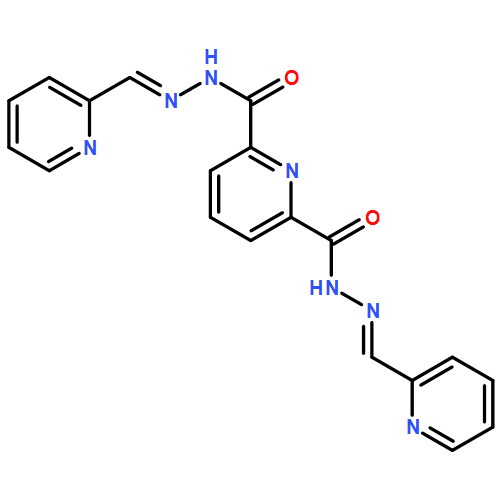Co-reporter: Amit Adhikary, Javeed Ahmad Sheikh, Soumava Biswas and Sanjit Konar
pp: 9334-9343
Publication Date(Web):25 Mar 2014
DOI: 10.1039/C4DT00540F
The synthesis, crystal structure and magnetic properties of four polynuclear lanthanide coordination complexes having molecular formulae, [Gd3L12(H2O)8(Cl)](Cl)4·10H2O (1), [Dy3L12(H2O)9](Cl)5·6H2O (2) [Gd6L22(HCO2)4(μ3-OH)4(DMF)6(H2O)2](Cl)2·4H2O (3) and [Dy6L22(HCO2)4(μ3-OH)4(DMF)6(H2O)2](Cl)2·4H2O (4) (where H2L1 = bis[(2-pyridyl)methylene]pyridine-2,6-dicarbohydrazide and H4L2 = bis[2-hydroxy-benzylidene]pyridine-2,6-dicarbohydrazide) are reported. Structural investigation by X-ray crystallography reveals similar structural features for complexes 1 and 2 and they exhibit butterfly like shapes of the molecules. Non-covalent interactions between the molecules create double helical arrangements for both molecules. Complexes 3 and 4 are isostructural and the core structures feature four distorted hemi-cubanes connected by vertex sharing. Magnetic studies unveil significant magnetic entropy changes for complexes 1, 3 and slow relaxation of magnetization for both dysprosium analogues 2 and 4.
Co-reporter: Amit Adhikary, Javeed Ahmad Sheikh, Soumava Biswas and Sanjit Konar
pp: NaN9343-9343
Publication Date(Web):2014/03/25
DOI: 10.1039/C4DT00540F
The synthesis, crystal structure and magnetic properties of four polynuclear lanthanide coordination complexes having molecular formulae, [Gd3L12(H2O)8(Cl)](Cl)4·10H2O (1), [Dy3L12(H2O)9](Cl)5·6H2O (2) [Gd6L22(HCO2)4(μ3-OH)4(DMF)6(H2O)2](Cl)2·4H2O (3) and [Dy6L22(HCO2)4(μ3-OH)4(DMF)6(H2O)2](Cl)2·4H2O (4) (where H2L1 = bis[(2-pyridyl)methylene]pyridine-2,6-dicarbohydrazide and H4L2 = bis[2-hydroxy-benzylidene]pyridine-2,6-dicarbohydrazide) are reported. Structural investigation by X-ray crystallography reveals similar structural features for complexes 1 and 2 and they exhibit butterfly like shapes of the molecules. Non-covalent interactions between the molecules create double helical arrangements for both molecules. Complexes 3 and 4 are isostructural and the core structures feature four distorted hemi-cubanes connected by vertex sharing. Magnetic studies unveil significant magnetic entropy changes for complexes 1, 3 and slow relaxation of magnetization for both dysprosium analogues 2 and 4.
